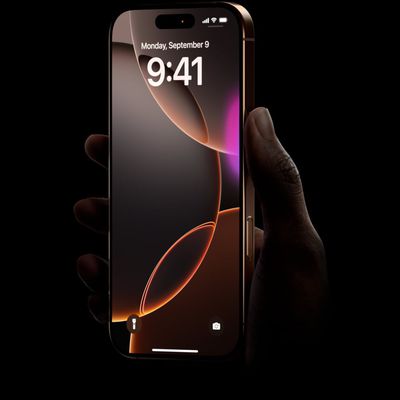Following the launch of the Vision Pro, Apple has published a number of support documents on how to use the device and what to do if motion sickness or discomfort is experienced when wearing the headset.

Visual Discomfort
Vision Pro users who experience visual discomfort such as blurry vision, double vision, dry eyes, watery eyes, light sensitivity, and eye strain should stop using Vision Pro and wait for symptoms to resolve.
To minimize visual discomfort, Apple says that a good fit is essential, with pressure balanced across the nose and cheeks and the proper alignment set up. Vision Pro should be used in short increments of time to start with, and Apple recommends regular breaks every 20 to 30 minutes.
Apple also says that keeping the head upright rather than tilted to one side or another and sitting upright while watching 3D movies, immersive media, or spatial video can help.
Alignment
Vision Pro was designed to "accommodate a range" of inter-pupillary distances, but Apple says that some people who fall outside of this range could experience visual discomfort using the headset.
Safety Recommendations
Apple recommends that people with certain conditions use caution when using Vision Pro.
The headset should be used in a "controlled" indoor or outdoor space that is free of obstacles that could be tripped over or hit with hands. Apple warns that doorknobs and cabinets could catch the power cable and cause it to disconnect.
Vision Pro should not be used in extreme temperatures, rain, fog, or moisture of any kind, and water damage is not covered under the warranty. Vision Pro should also be used in a well-lit area for the best experience, as low-light conditions can increase the risk of object collisions.
Battery
The Vision Pro battery should be kept in a well-ventilated area so that it does not get excessively warm.
Motion Sickness
A "small number of people" may experience motion sickness when using Vision Pro. Symptoms include dizziness, nausea, decreased awareness, upset stomach, increased salivation, headache, fatigue, and sweating. Apple says that it can take up to 30 minutes for symptoms to start.
Those experiencing motion sickness should stop using the headset, and should not use Vision Pro while on an airplane. Using the device for short increments of time and with less immersive experiences can help.
To minimize motion sickness, Apple says that users should reduce head motion and move the head and neck as little as possible. Apple also recommends reducing visual motion by decreasing window sizes, reducing the level of immersion, and turning on the Reduce Motion setting in the Accessibility section of Settings.
High motion experiences like Apple Immersive Media should also be avoided by those who get motion sick, as should spatial video with a lot of movement.



















